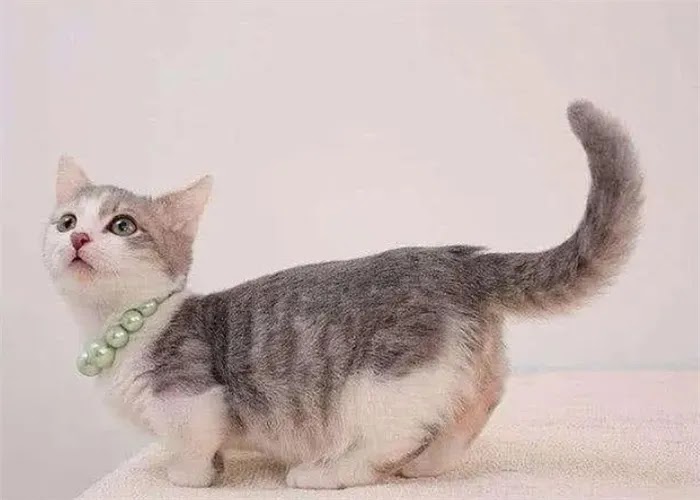Unpullable Bones: The Mystery of a Cat's Tail
There Are 23 Bones In A Cat's Tail And None Of Them Can Be Pulled Out! What Happens If You Withdraw It? You Will Know After Reading It
Cats are not only good-looking, but also can live independently without relying on their owners, so they have become people's first choice to take care of pets. A cat's senses are still very fully developed, and it can always respond strongly to its surroundings.
There are about 230 bones in the cat's body, including 23 tailbones, accounting for 10% of the bones in the whole body, so the cat's tail is not only important but also very fragile.
The Cat's Tail Expresses Emotions
If your cat's tail is erect, It is happy.
If its tail is not only erect, but also curved at the tip, like a small question mark, this means that your cat is interested in you at this time and wants to get close to you, but it is still a little embarrassed. This is how the kitten wants to be close to the mother cat. This action is also a hint that the cat's mother is helping examine its buttocks.
If the cat's tail is curved slightly downwards, and the tip of the tail is curved slightly upwards, this means that the cat is in a happy, relaxed mood and is enjoying the current life a lot.
If your cat's tail is bent upward and wagging rapidly, this is a sign that it is happy to invite you to play. If you play with her for a while, she will be very happy.
If the front half of your cat's tail is flat and the second half is curved downward, then it is not happy. At this time, you'd better not provoke her, otherwise, she will be very angry.
If your cat's tail is completely lowered and remains tucked between her hind legs, it may be panicking or displaying submissive behavior.
If your cat's tail is flat and wagging rapidly, this is a sign of agitation. If the tail changes from a constant jerking to the side vigorously, this is a sign that it is angry.
If your cat's tail is standing up straight and its fur is coarse, this is known as a furrow, which is a signal that the cat is on the defensive and ready to attack, indicating that if it continues to threaten, it will attack.
Why Can't Cats Pull Their Tails?
The cat's tail cannot be pulled, because there is a nerve called the cauda equina just below the cat's conus medullaris. Although it appears to be "not on the tail," it actually serves to connect the bladder, hind limbs, anus, coccyx nerve, and pelvic and gastric nerves.
If a cat's tail is pulled, it is easy to damage this nerve. After the nerve is injured, the cat will experience pain when touching the tail, be unable to move it, cannot control defecation and urination, and uncoordinated hind limbs will falter. This symptom is also called cauda equina syndrome. If you pull the cat's tail, the cat will have diarrhea, which is also the cause of cauda equina nerve damage, so never pull the cat's tail.
Why Do Cats Attack Their Tails?
The individual field of view of each cat's eye is more than 150 degrees, and the combined field of view of the two eyes is 200 degrees. Occasionally, the tail has not had enough time to follow the cat's body to turn around behind it, and the cat is mistakenly chased away by the cat itself as an invader.
Sometimes cats also play catch games with their tails. The kitten will learn to hunt from the mother cat. When the mother cat gets tired, it will mark the kitten with her tail. When there is no mate around, she will practice hunting skills with her own tail.
What's Wrong With A Fat Cat's Tail?
The cat's tail may also become very greasy. This kind of tail is very greasy, which is called tail oil accumulation disease, also known as fairy horses. This disease occurs mostly in unsterilized male cats. The reason they occur is because the sebaceous glands secrete a lot of sebum while cats are growing, which clogs the hair follicles, which is similar to the cause of teenage acne in humans.
The base of a cat infected with horsetail disease has an unpleasant odor, and will also show yellow or black waxy material and blackheads on the tail. As a treatment, consider using a medicated lotion that contains benzoyl peroxide, which reduces sebum buildup.
Seeing this, do you have a deeper understanding of cats? Please remember the importance of a cat's tail. What do you think of this article? Welcome to leave a message in the comment area.







